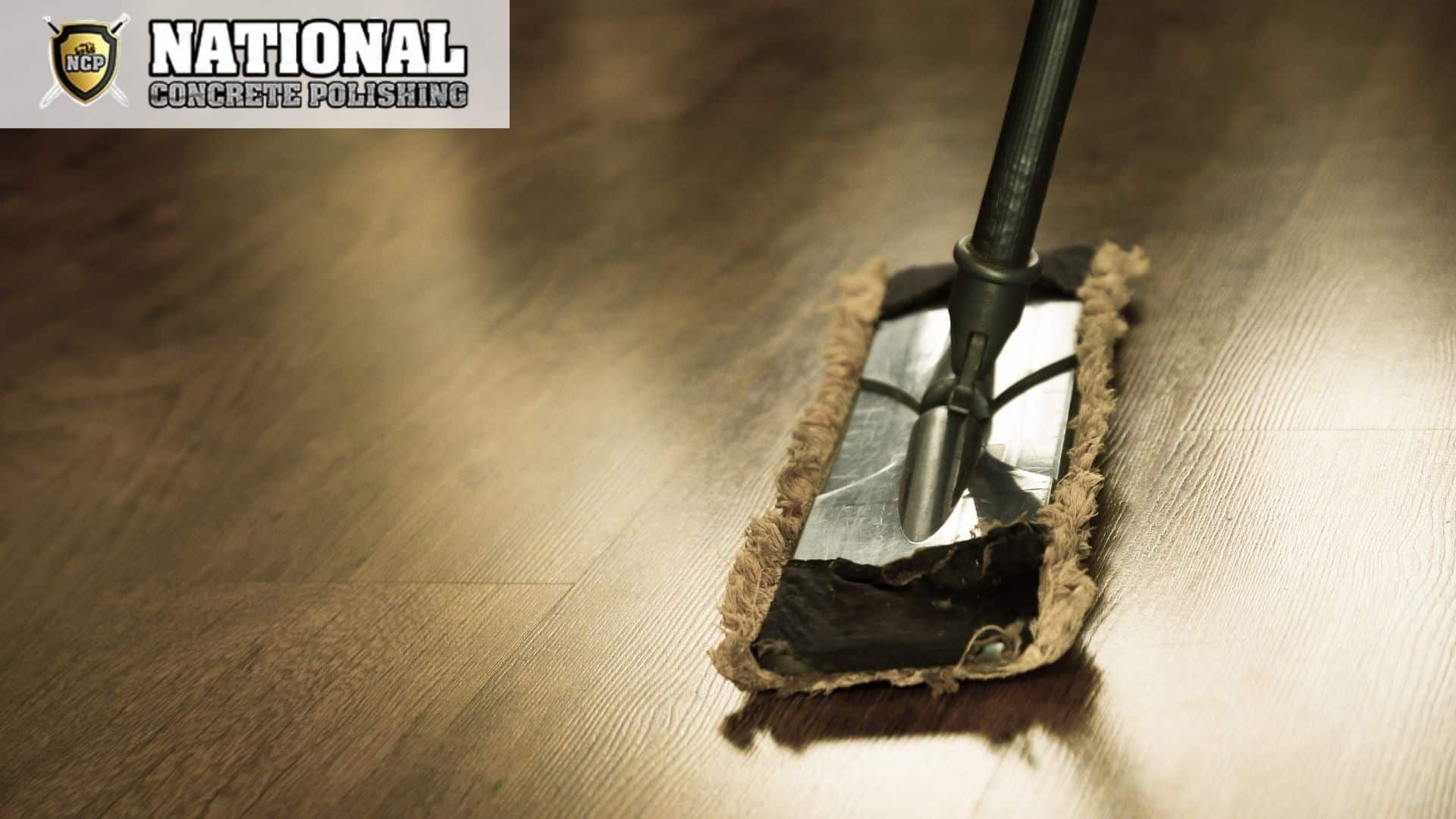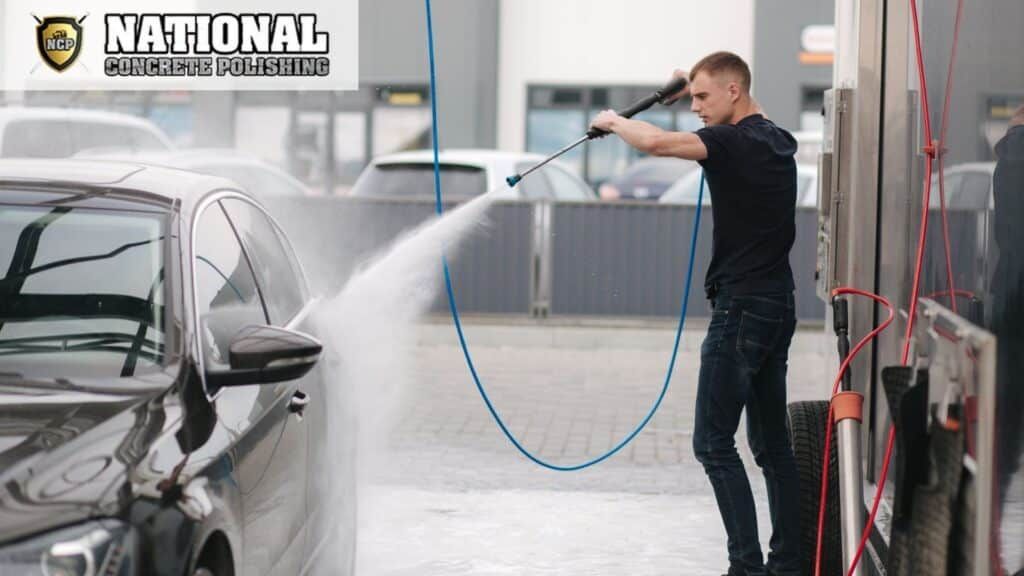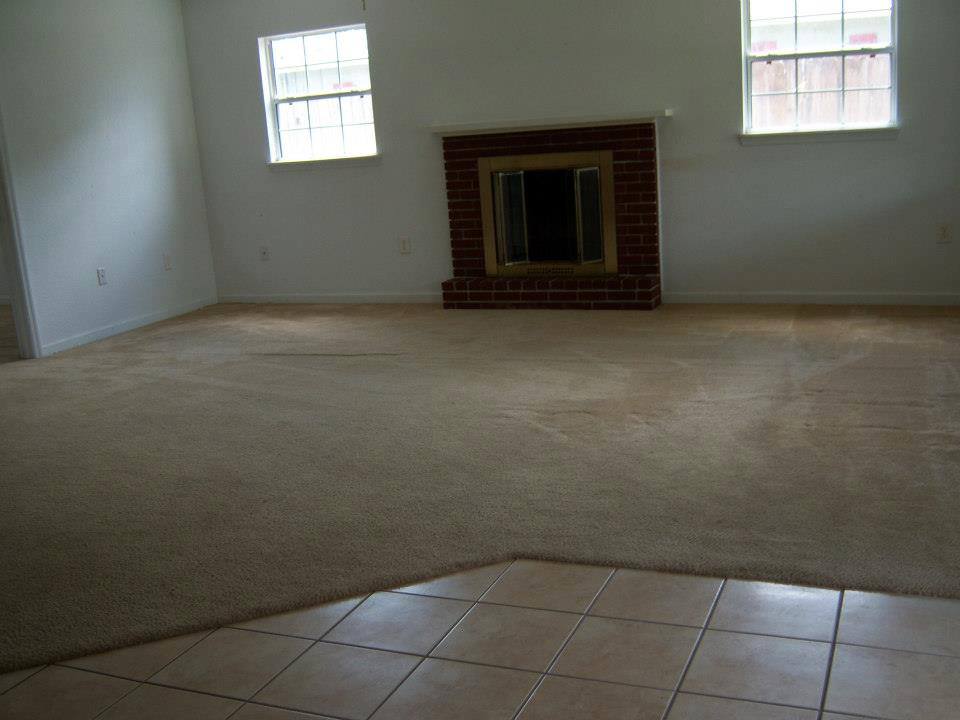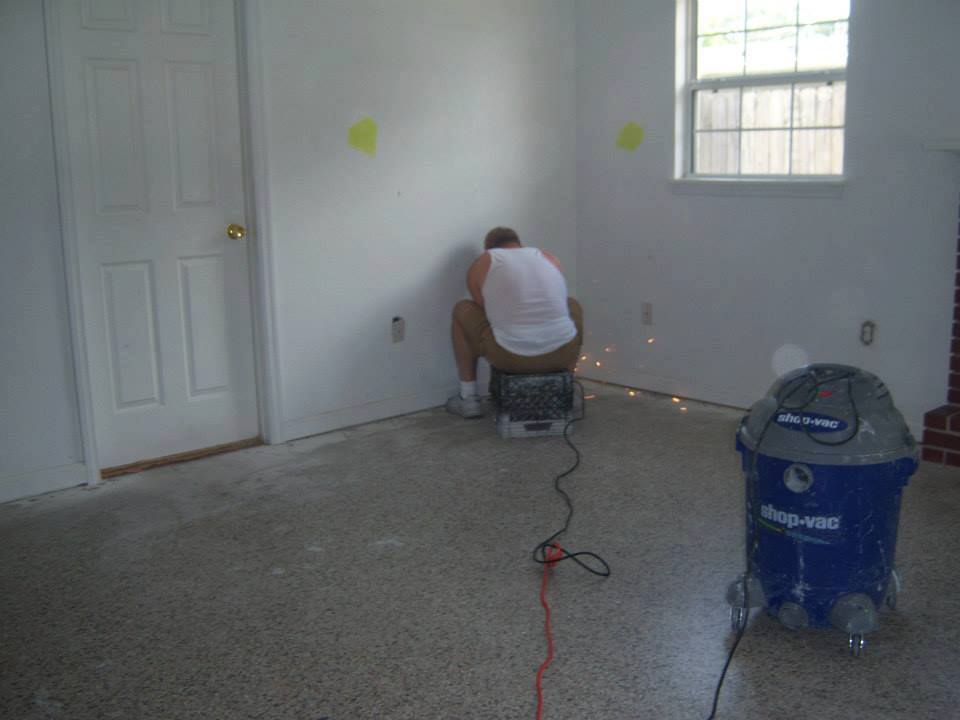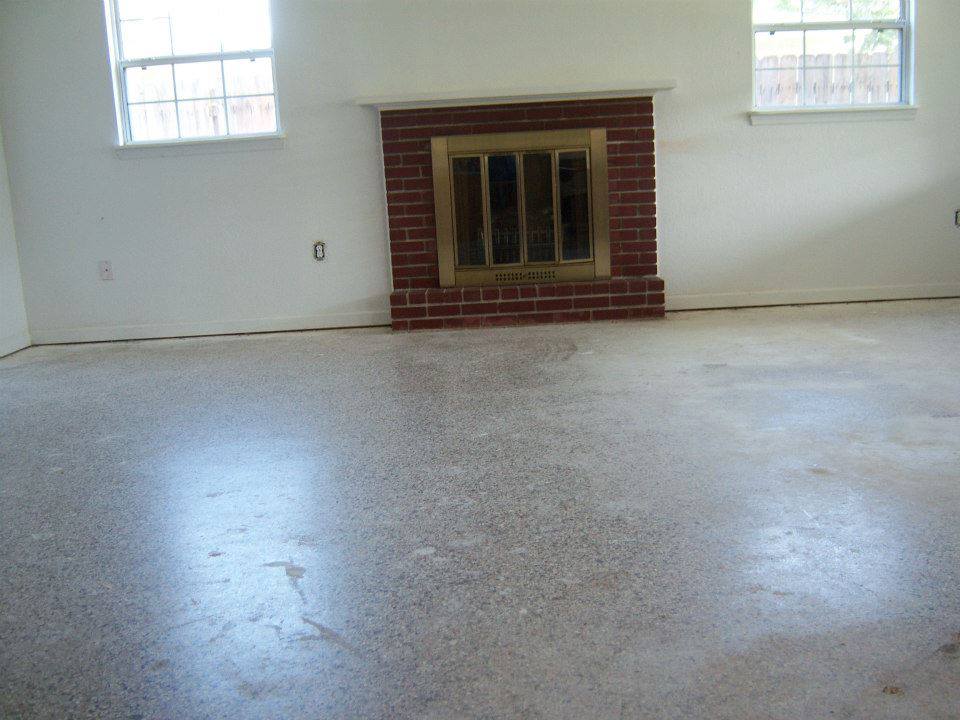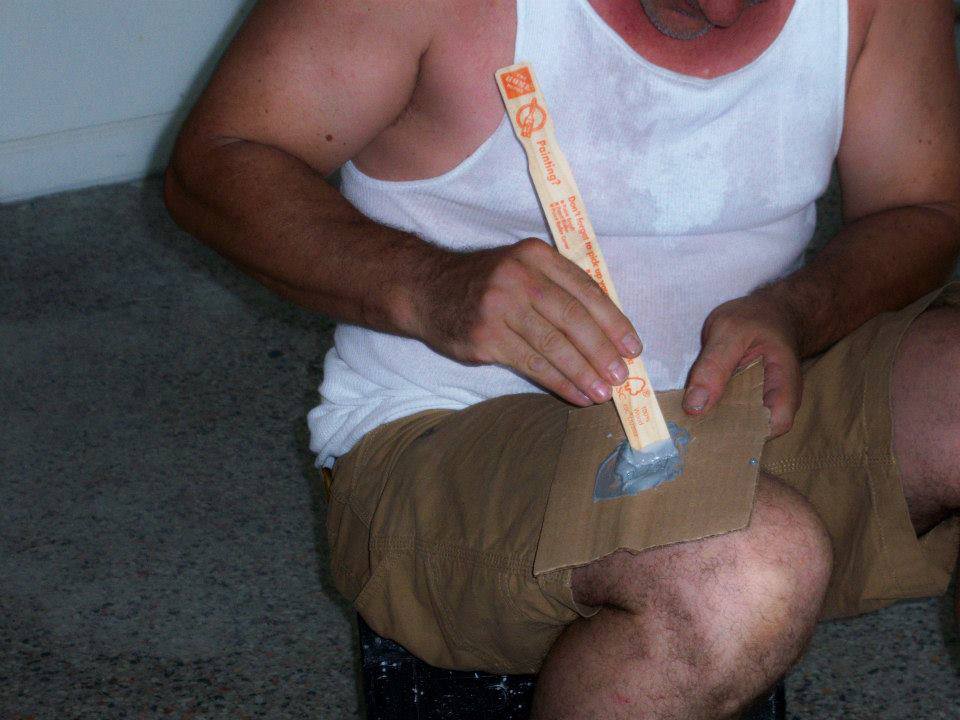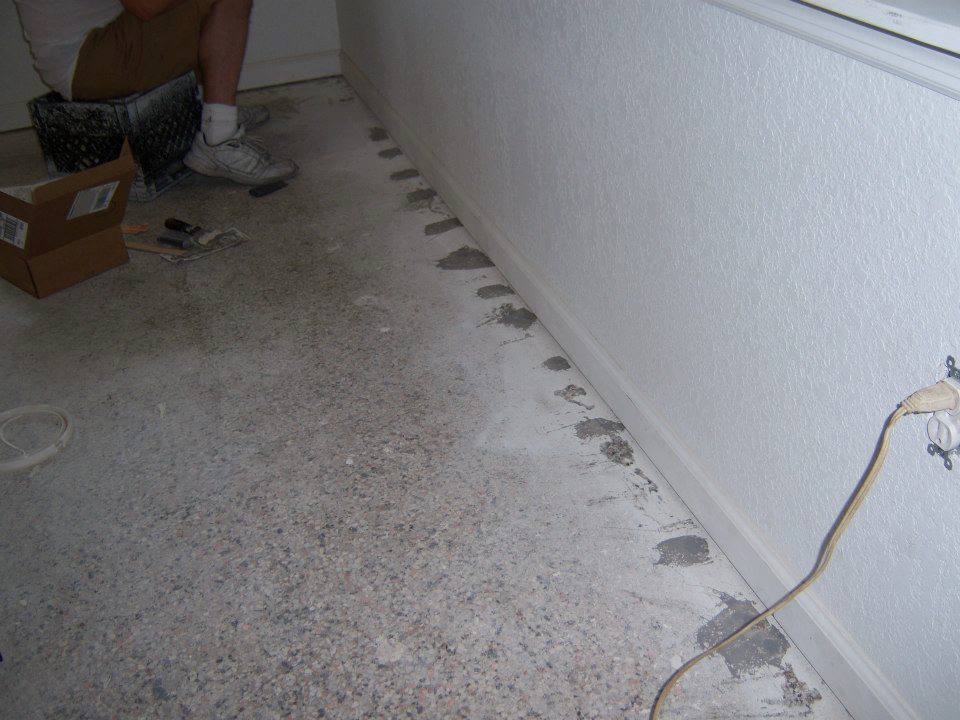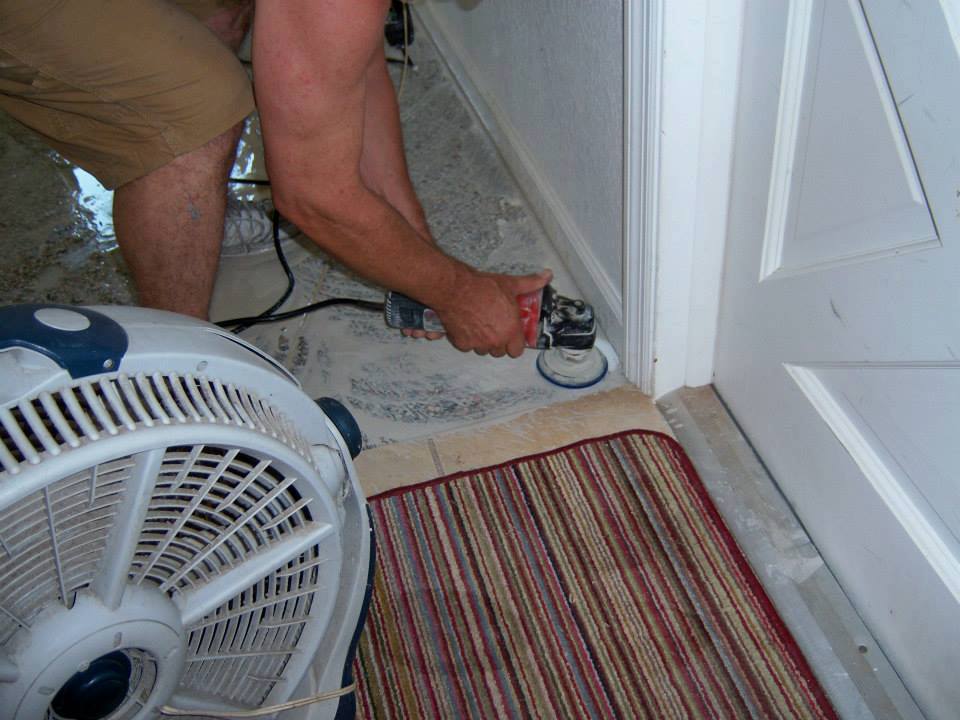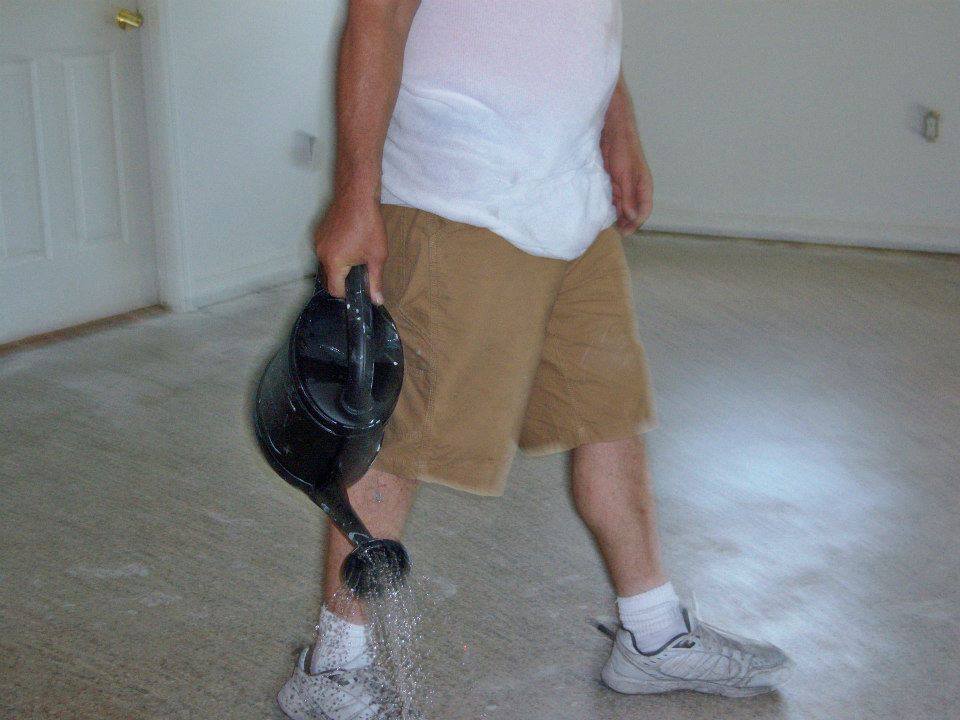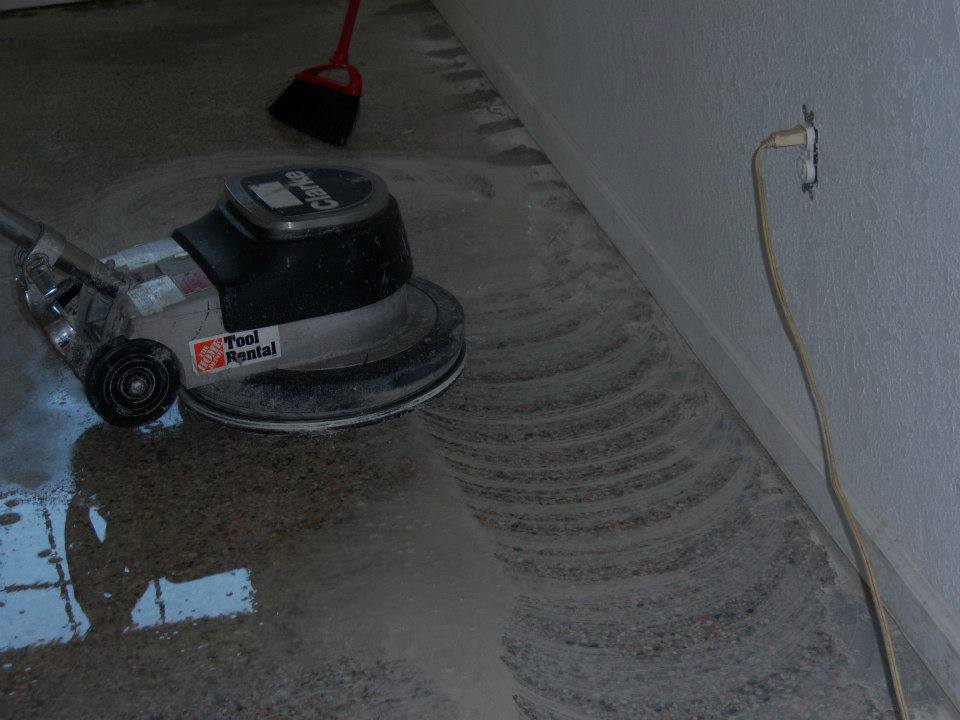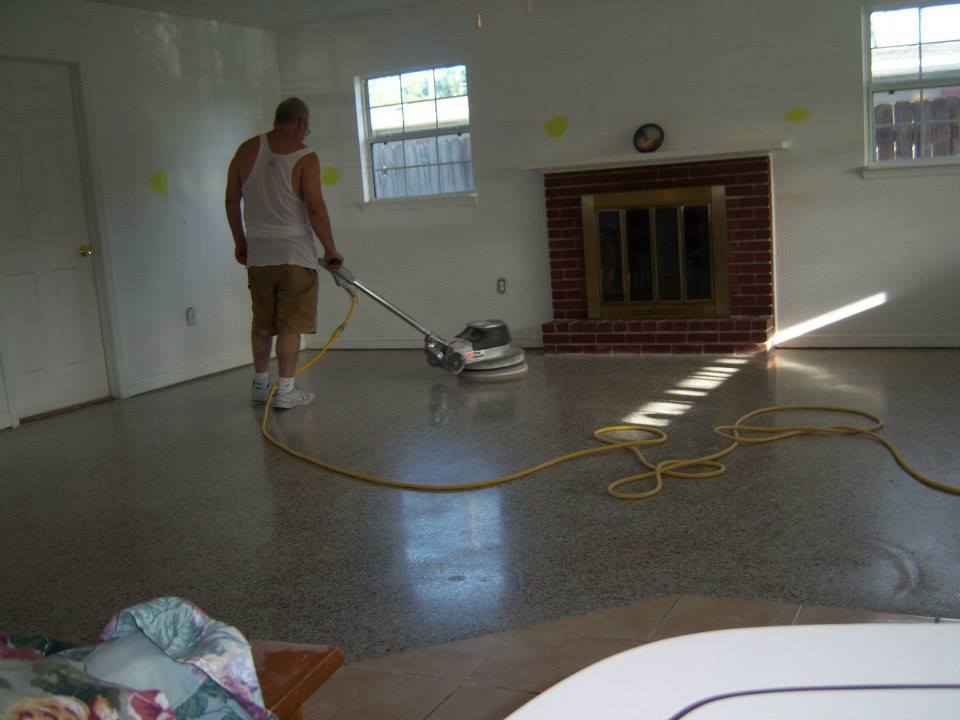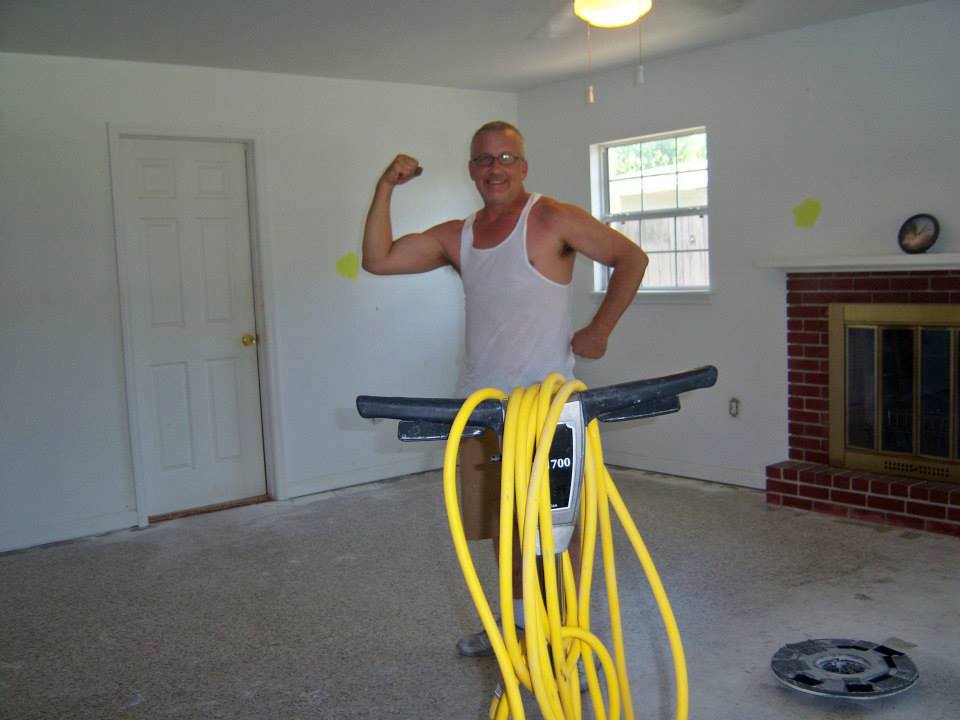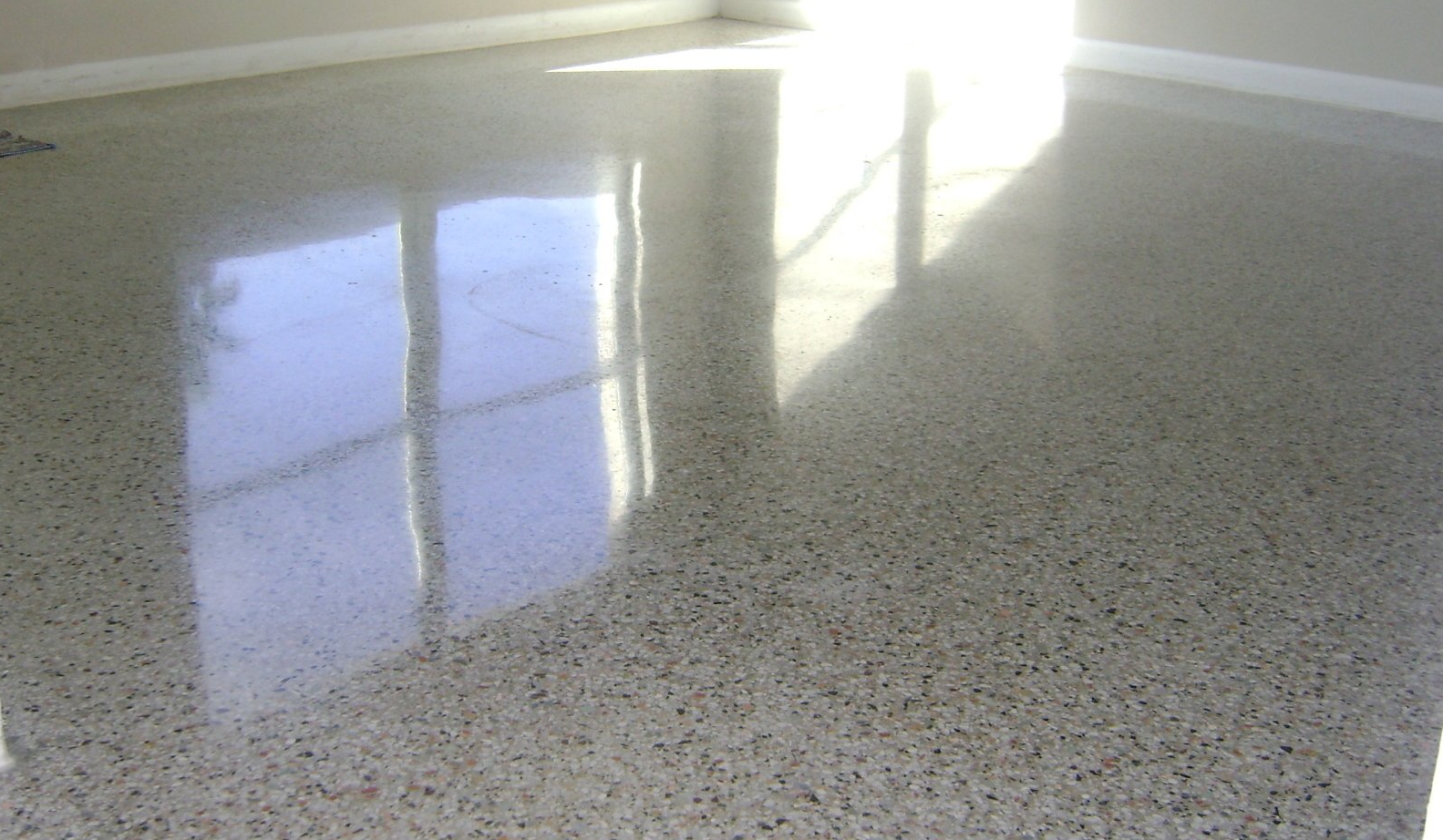Can You Vacuum Epoxy Floors? Best Practices
Did you know that 89% of epoxy floor damage stems from improper cleaning methods? While these surfaces are known for their toughness, their long-term shine depends on smart maintenance strategies. Starting with the right approach ensures your investment stays pristine for decades.
Regular upkeep begins with removing loose dirt, but many worry about scratching the glossy finish. The truth? Proper tools and techniques make all the difference. Industry experts confirm that gentle suction and soft-bristle attachments work safely on these durable surfaces.
This guide breaks down the science behind maintaining industrial-grade coatings. You’ll discover how to balance efficiency with surface protection, whether tackling workshop spills or garage dust. Let’s explore why skipping shortcuts preserves both aesthetics and structural integrity.
Key Takeaways
- Gentle vacuuming is safe for epoxy surfaces when using soft brush attachments
- Debris removal forms the critical first step in professional maintenance routines
- Standard household cleaners work but require specific application methods
- Scratch prevention relies on avoiding abrasive tools and harsh chemicals
- Consistent care routines can extend surface lifespan by 10-15 years
Understanding Epoxy Floors and Their Unique Qualities
Epoxy flooring stands apart from traditional options through its seamless construction. Unlike materials with joints or grout lines, these surfaces form a continuous barrier against contaminants. This design eliminates hidden pockets where dirt accumulates, creating maintenance advantages most materials can’t match.
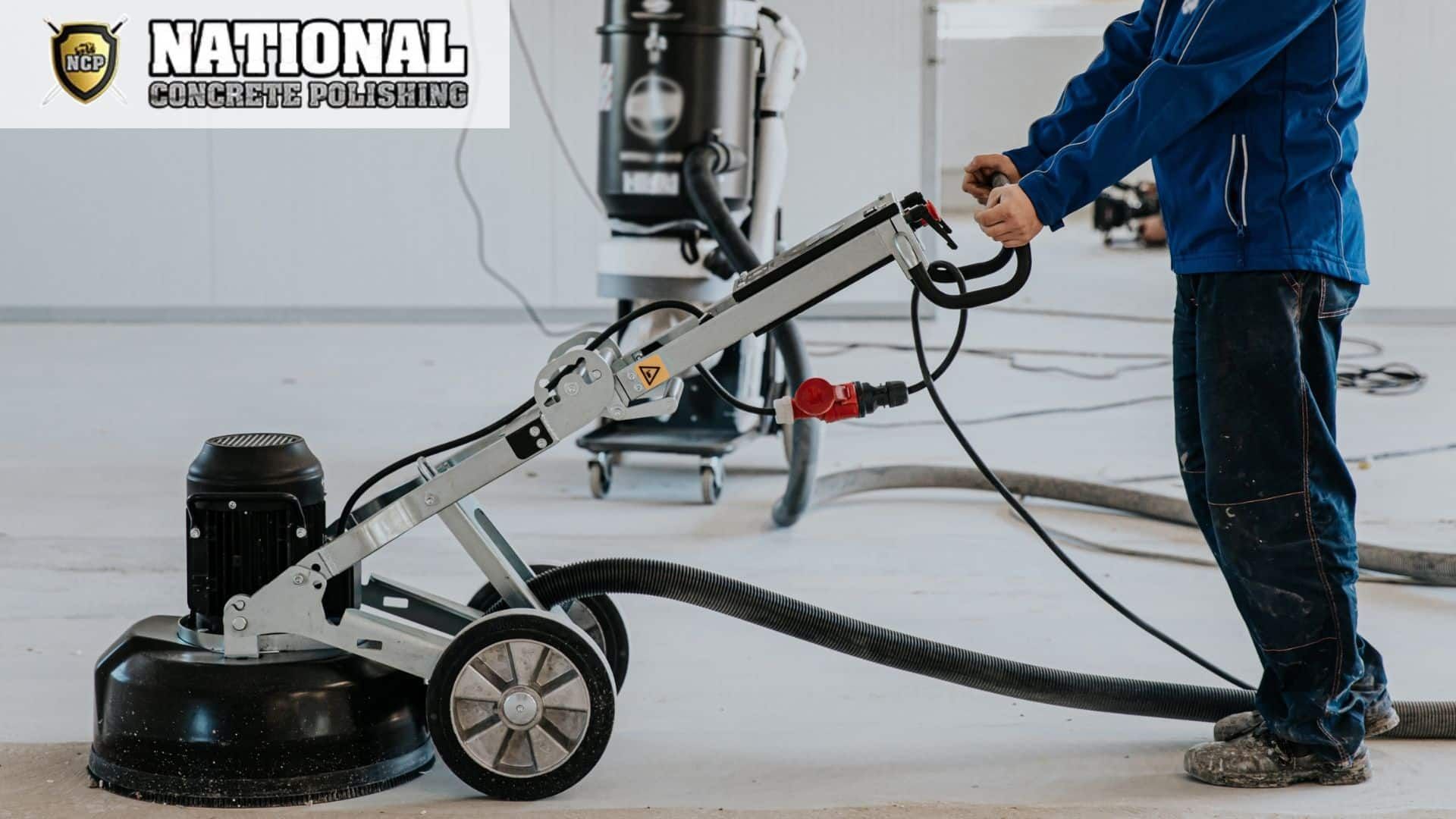
What Makes Epoxy Coating Superior
The secret lies in the chemical bonding process. When applied, liquid epoxy hardens into a glass-like surface that resists moisture and chemicals. This non-porous layer prevents spills from seeping through, making it ideal for garages, labs, and industrial spaces.
| Feature | Epoxy Flooring | Tile Flooring | Plain Concrete |
|---|---|---|---|
| Surface Texture | Seamless | Grout lines | Porous |
| Stain Resistance | High | Moderate | Low |
| Lifespan | 20+ years | 10-15 years | 5-8 years |
Debunking Maintenance Myths
Many assume these surfaces require special cleaners. In reality, routine sweeping and occasional mopping keep them pristine. The smooth finish allows quick spill cleanup without residue buildup—a common issue with textured alternatives.
Durability tests show epoxy coatings withstand 4x more foot traffic than vinyl flooring. Their resistance to tire marks and chemical splashes makes them practical for demanding environments. With proper care, the glossy appearance lasts decades without yellowing or peeling.
Can you vacuum epoxy floors?
Professional maintenance routines prioritize non-abrasive particle extraction methods. These durable surfaces handle regular suction when using soft roller attachments. Industry studies show this approach removes 98% of loose contaminants before wet cleaning.
Daily grit accumulation poses the biggest threat to glossy finishes. Microscopic particles act like sandpaper underfoot, creating hairline scratches over time. A quality vacuum with adjustable suction prevents this wear while capturing fine particulates.
| Cleaning Method | Debris Removal | Dust Control | Scratch Risk |
|---|---|---|---|
| Vacuuming | 95% effective | Full containment | Low |
| Sweeping | 70% effective | Airborne spread | Moderate |
Commercial-grade models work best for large epoxy surfaces. Look for rubberized wheels and HEPA filters to protect both the coating and air quality. Always empty collection bins before they reach capacity to maintain optimal airflow.
Pre-wet cleaning preparation prevents slurry formation during mopping. This step ensures soap solutions lift stains instead of pushing dirt deeper. Most professionals recommend vacuuming at least twice weekly in high-traffic zones.
Essential Tools and Cleaning Materials for Epoxy Flooring
Preserving durable surfaces requires specialized equipment that matches their industrial-grade resilience. The right combination of mechanical aids and pH-balanced formulas prevents surface degradation while tackling stubborn grime.
Mechanical Allies for Surface Care
Opt for vacuums with rubberized wheels and soft-bristle attachments to safeguard glossy finishes. A stiff-deck brush with nylon fibers lifts embedded dirt without scratching, while mechanical scrubbers handle heavy traffic areas. These tools outperform traditional mops by preventing water pooling.
Chemical Partners for Spotless Results
Neutral pH cleaners like EcoLab High-Performance or Dawn dish soap dissolve grease effectively. Hot water (120-140°F) boosts cleaning power by breaking down oily residues faster. Commercial spaces often use JetRock JRCS1000 for its streak-free drying properties.
| Cleaner Type | Best For | Temperature |
|---|---|---|
| Dish Soap Solutions | Home Garages | Warm |
| Industrial Neutral Cleaners | Workshops | Hot |
| Concentrated Formulas | Stain Removal | Cold |
Always wear nitrile gloves and ensure proper ventilation when using concentrated solutions. Store cleaning materials in labeled containers away from direct sunlight to maintain efficacy.
Step-by-Step Guide to Cleaning Your Epoxy Floor
Industrial-grade surfaces demand methodical care to maintain their polished look. This proven six-stage process removes grime while protecting the resin-based coating’s integrity.
Initial Sweeping and Debris Removal
Clear loose particles using a microfiber dust mop or vacuum with rubber wheels. Target corners where grit collects, lifting 90% of dry contaminants before wet cleaning. Avoid stiff-bristle brooms that might leave micro-scratches.
Effective Scrubbing and Rinsing Techniques
Mix 4 oz pH-neutral cleaner with 5 gallons of 130°F water in a wheeled bucket. Apply solution in 10×10 ft sections, letting it dwell for 3 minutes to break down oils. Scrub using overlapping passes with these tools:
| Tool Type | Best Use | Motion Pattern |
|---|---|---|
| Mechanical brush | Open areas | Circular |
| Angled deck brush | Edges | Back-and-forth |
Flush each section with 3 gallons of clean water using a squeegee-equipped bucket. Direct runoff toward floor drains to prevent residue buildup. Repeat rinsing until water sheets evenly without soapy trails.
Maintaining a Clean Epoxy Floor Over Time
Consistent maintenance routines triple the lifespan of resin-based surfaces compared to reactive cleaning approaches. Proactive care stops contaminants from bonding to the finish, preserving both function and visual appeal through seasonal changes.

Daily Routine and Weekly Deep Clean Strategies
Start with a three-minute morning sweep using microfiber mops to capture loose particles. High-traffic zones need midday attention with soft-bristle vacuums to prevent abrasive buildup. Essential daily tasks include:
- Wiping spills within 15 minutes
- Spot-cleaning shoe marks
- Inspecting edges for debris accumulation
Weekly sessions require mechanical scrubbers with 300-400 RPM settings. Combine hot water (140°F) with enzyme-based cleaners to break down oils in these problem areas:
| Zone Type | Tool | Duration |
|---|---|---|
| Entryways | Rotary brush | 8-10 minutes |
| Workstations | Pressure washer | 5-7 minutes |
Preventing Debris, Grime, and Surface Damage
Install anti-static mats at all entrances to capture 83% of incoming particulates. Reapply penetrating sealants every 18-24 months to maintain chemical resistance. For spaces handling automotive work, implement quarterly degreasing protocols.
Adjust your schedule based on these factors:
- Winter salt exposure: Increase weekly cleans to twice
- Workshop environments: Use daily pH-neutral rinses
- Retail spaces: Buff high-gloss areas monthly
Practical Tips for Removing Stains and Residues
Quick action separates temporary mishaps from lasting damage on coated surfaces. Liquids left unattended bond with the finish, creating stubborn marks that degrade appearance. Immediate intervention preserves both aesthetics and structural integrity.
Handling Spills and Preventing Permanent Marks
Blot liquid spills within 5 minutes using microfiber cloths. For dried residues, apply baking soda paste (2:1 water-to-powder ratio) and scrub gently with nylon brushes. Tackle common contaminants using these methods:
| Stain Type | Tool | Solution |
|---|---|---|
| Oil/Grease | Steam cleaner | Degreaser + 140°F water |
| Rust | Pressure washer | Oxalic acid solution |
| Paint | Plastic scraper | Isopropyl alcohol |
Preventive measures reduce cleaning emergencies. Place absorbent mats near workstations and vehicle parking areas. Seal high-risk zones with clear polyurethane annually for extra protection.
Built-up grime in corners responds best to handheld steam cleaners. Move the nozzle in slow, overlapping strokes to lift entrenched dirt. For surface marks from metal objects, buff gently with automotive polishing compound.
Expert Insights from National Concrete Polishing
Proper care transforms flooring investments into decades-long assets. South Florida’s climate presents unique challenges, where humidity accelerates wear and salt air tests surface resilience. National Concrete Polishing’s field data reveals 73% of premature coating failures stem from improper chemical use in coastal regions.
Climate-Smart Maintenance Strategies
High humidity demands different protocols than arid environments. In Miami Beach condos, technicians apply breathable sealants to prevent moisture trapping. Commercial kitchens near Fort Lauderdale benefit from weekly enzyme treatments that combat grease without harsh chemicals.
| Challenge | DIY Approach | Professional Solution |
|---|---|---|
| Salt Corrosion | Vinegar rinses | Neutral pH descalers |
| UV Fading | Wax coatings | Aliphatic polyurethane |
| Thermal Expansion | Patch repairs | Expansion joint systems |
Long-Term Performance Case Studies
A Boca Raton yacht service center maintained its showroom floor’s mirror finish for 12 years through quarterly professional cleanings. Contrast this with a DIY-maintained Tampa auto shop where improper strippers caused $8,400 in recoating costs after just three years.
Key lessons from Southwest Florida installations:
- Annual inspections catch micro-cracks before liquid penetrates
- Specialized equipment removes pool chemicals without etching
- Custom schedules account for seasonal visitor traffic
These real-world examples prove strategic maintenance preserves surfaces through hurricanes, bleach spills, and daily wear. Partnering with experts ensures your coating performs as intended for many years come.
Conclusion
Maintaining industrial-grade surfaces demands smart strategies. Regular care preserves both appearance and durability. Gentle suction with soft-bristle tools effectively removes debris without harming the coating. Approved pH-neutral solutions tackle grime safely, while harsh substances like ammonia or vinegar degrade finishes over time.
Focus on high-traffic zones and corners where particles accumulate. Consistent routines prevent abrasive damage and maintain seamless surfaces. Always follow manufacturer guidelines for optimal results.
Need personalized advice? Consult flooring specialists to develop a maintenance plan tailored to your space. Protect your investment through informed, proactive measures that ensure lasting performance.
FAQ
What tools work best for cleaning epoxy surfaces?
A vacuum with a soft-bristle attachment and a deck brush are ideal. Avoid abrasive pads or stiff bristles that could scratch the coating. Pair these with pH-neutral cleaners or mild dish soap for safe, effective results.
How do you prevent scratches during routine maintenance?
Regularly sweep away dirt and debris using microfiber mops or soft brooms. For deeper cleans, use non-abrasive scrubbers and rinse thoroughly with warm water. Avoid dragging heavy machinery or sharp objects across the surface.
Are chemical cleaners safe for these types of floors?
Harsh chemicals like ammonia or vinegar can degrade the finish over time. Stick to manufacturer-approved solutions, such as Simple Green or Zep Neutral pH Floor Cleaner, to preserve shine and durability.
How often should deep cleaning be done?
Weekly rinsing with a deck brush and mild detergent prevents grime buildup. For high-traffic areas, consider biweekly scrubbing. Immediate spill cleanup stops stains from setting into the material.
Can steam cleaning damage the coating?
High-heat steam may weaken the bond between layers. Instead, opt for damp mopping with warm water and gentle cleaners. National Concrete Polishing recommends avoiding steam tools for long-term care.
What’s the best way to handle oil or grease spills?
Blot spills immediately with absorbent cloths, then scrub the area using a degreaser designed for epoxy. Brands like Krud Kutter or Oil Eater work well without leaving residue behind.
How does South Florida’s climate affect maintenance routines?
Humidity and salt air accelerate dirt accumulation. Local experts like National Concrete Polishing suggest monthly deep cleans and using sealants to protect against moisture-related damage.



